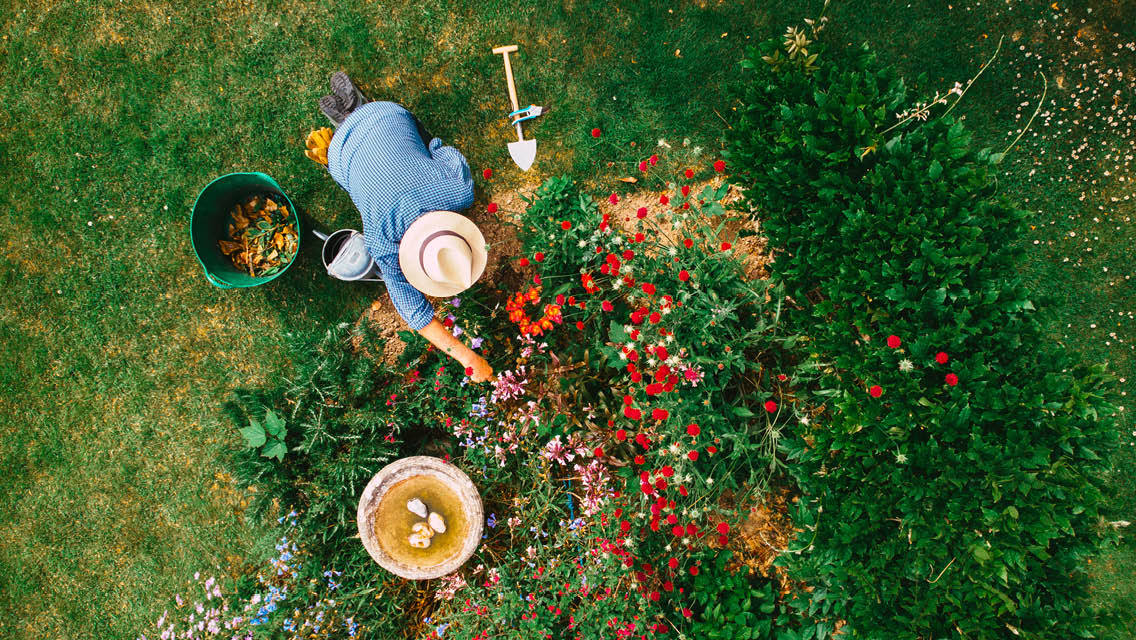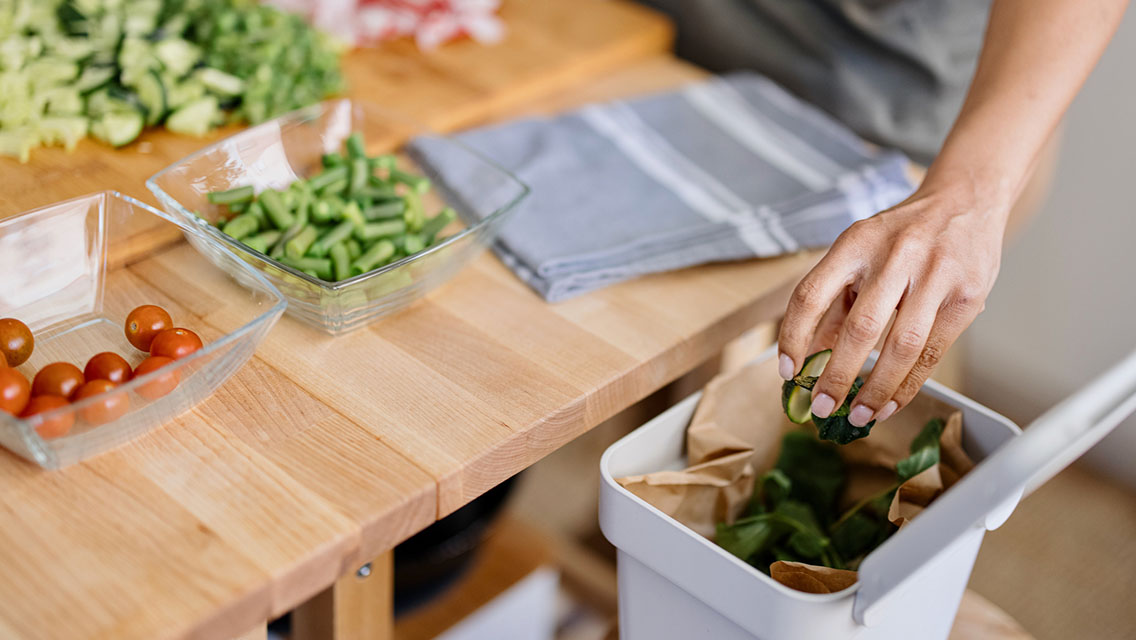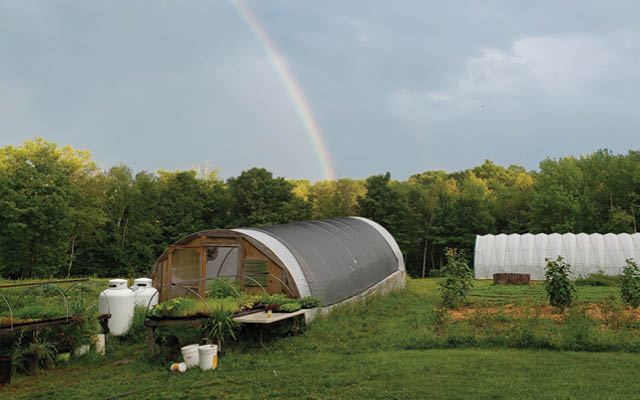Scientists first extracted nitrogen from the atmosphere and created synthetic fertilizer in the early 1900s; farming hasn’t been the same since. Fertilizer use was followed by the development of synthetic insecticides, fungicides, and herbicides, along with new plant varieties bred for higher yields — and often genetically engineered to resist the herbicides.
Many farmers quickly embraced these chemicals, which allowed them to produce greater crop yields with reduced labor. Farms grew larger and became less diversified; animals were moved off their pastures and into high-production confinement facilities. Farming was industrialized. The following practices oversimplify an inherently complex natural system, disrupting and weakening the soil as a result.
The use of chemical fertilizers disrupts the natural relationship between plants and microorganisms. Rather than receiving nutrients from the soil and its microbes, plants are force-fed synthetic compounds — often derived from petroleum — that are designed to maximize plant growth and yield. Think of this as similar to feeding a human being a towering pile of pizzas: The plants get more nutrients than they need in a year, and it hardly comes from the most nutritious food.
The use of insecticides, fungicides, and herbicides affects far more living things than the target organisms listed on the label; sometimes they kill key ecosystem players. Fungicides, for instance, can destroy the beneficial fungi in the soil that link plant communities and help plants access nutrients, water, and protective chemicals.
Overall, the harmful chemicals reduce biodiversity, which is as important in the farm ecosystem as in any other.
“These microorganisms underground create the structure of the soil, which our own society depends on. It’s as if they’re building a city every few months and if you till you’re knocking it down every few months.”
Tilling the ground destroys the complex underground ecosystem in which soil microorganisms live and do their work. “These microorganisms underground create the structure of the soil, which our own society depends on,” explains Didi Pershouse, author of The Ecology of Care. “It’s as if they’re building a city every few months and if you till you’re knocking it down every few months.”
Monoculture planting is the practice of raising single crops rather than a diverse array. It streamlines production and reduces costs for farmers (and is encouraged by government subsidy programs), but it disrupts soil ecology.
“Fewer kinds of microorganisms in the soil means that plants receive less in the way of beneficial compounds and molecules that soil microbes make,” explains biologist Anne Biklé, MLA.
Nature is innately diverse and crowded with life: A square foot of native prairie, for instance, can hold more than 100 plant species, and each species feeds slightly different nutrients to soil microorganisms.
When only one species of plant is grown over a large area and surrounding vegetation is cleared away to bare soil, just a small percentage of the soil’s microorganisms receive the nutrients they need. This reduced population can’t then supply the full range of benefits, including nutrition, that the plants need.
“These microbes tend to specialize in doing a few things,” says David Montgomery, PhD, professor of geomorphology at the University of Washington. “You want a great diversity of them to do a broad set of processing in the soil. Without that, it’s like having a village where everyone does the same thing. If you only have bakers in that village, everyone will only eat bread.”
Go Deeper
You may not be able to see them, but the microorganisms in the soil have a major impact on human nutrition and health. To learn more, see “How Soil Health Is Connected to Human Health — and So Much More,” from which this article was excerpted.





This Post Has 0 Comments